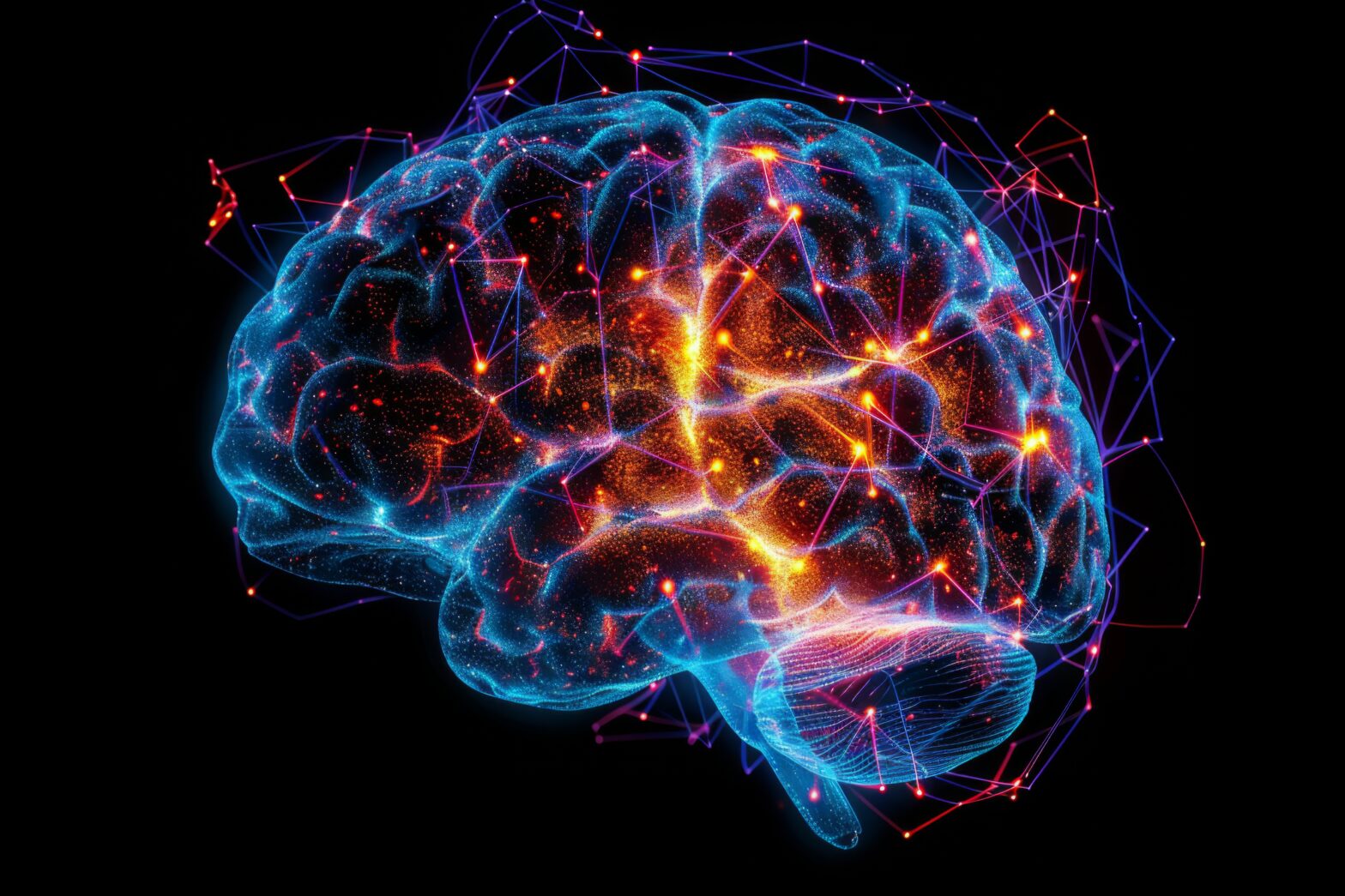A common saying is that if you’ve seen one brain injury, you’ve seen one brain injury. This reflects the complicated and unique presentation of each individual. When we consider repeated head impact exposures over a lifetime, it presents a very complicated and unique problem to address and stresses the importance of individualized and multidisciplinary approaches.
This is particularly important when considering the long-term impacts of repeated head trauma. Here are a few of the various disorders that have been associated with these exposures.
Primary Progressive Aphasia (PPA) and Frontotemporal Dementia (FTD)
“…a spectrum of conditions characterized by prominent changes in behavior, language, and/or movement in the setting of degeneration of the frontal and temporal lobes, which collectively are the most common form of dementia in individuals under age 65.
Longer RHI [repeated head impacts] duration appeared most related to increased odds of FTD/PPA diagnosis for younger individuals in our cohort (early 70s and younger.) We additionally observed a dose-response exposure effect where more frequent TBI and longer duration of RHI exposure with earlier age of symptom onset among FTD/PPA.” [1]
Young-Onset Parkinson’s Disease
Parkinson’s disease is a neurodegenerative disorder that affects movement.
Repeated head impacts have been shown to increase risk of developing young-onset Parkinson’s disease. [2]
Later Life Depression and Apathy
Repeated head impacts have been shown to be related to increased risk of later life depression and apathy. [3]
Dementia
A study of more than 350,000 US veterans showed a dose-response association between TBI severity and dementia diagnosis. They found a 2-fold increase in risk of dementia even in those with mTBI without a loss of consciousness. [4]
CTE
CTE (chronic traumatic encephalopathy) is widely associated with repeated head impact exposures [5] but currently can only be diagnosed post-mortem.
A study evaluating brains of 225 deceased active-duty and retired military personnel found CTE in 4.4% of the brains, half of which only had one CTE-related lesion. [6]
References:
- Asken, B. M., Bove, J. M., Bauer, R. M., Tanner, J. A., Casaletto, K. B., Staffaroni, A. M., … & Kramer, J. H. (2024). Clinical implications of head trauma in frontotemporal dementia and primary progressive aphasia. Alzheimer’s Research & Therapy, 16(1), 193.
- Schirinzi, T., Grillo, P., Di Lazzaro, G., Zenuni, H., Salimei, C., Dams-O’Connor, K., … & Pisani, A. (2021). Effects of head trauma and sport participation in young-onset Parkinson’s disease. Journal of neural transmission, 128, 1185-1193.
- Montenigro, P. H., Alosco, M. L., Martin, B. M., Daneshvar, D. H., Mez, J., Chaisson, C. E., … & Tripodis, Y. (2017). Cumulative head impact exposure predicts later-life depression, apathy, executive dysfunction, and cognitive impairment in former high school and college football players. Journal of neurotrauma, 34(2), 328-340.
- Barnes, D. E., Byers, A. L., Gardner, R. C., Seal, K. H., Boscardin, W. J., & Yaffe, K. (2018). Association of mild traumatic brain injury with and without loss of consciousness with dementia in US military veterans. JAMA neurology, 75(9), 1055-1061.
- Stein, T. D., Alvarez, V. E., & McKee, A. C. (2015). Concussion in chronic traumatic encephalopathy. Current pain and headache reports, 19(10), 1‐6.
- Priemer, D. S., Iacono, D., Rhodes, C. H., Olsen, C. H., & Perl, D. P. (2022). Chronic traumatic encephalopathy in the brains of military personnel. New England Journal of Medicine, 386(23), 2169-2177.
